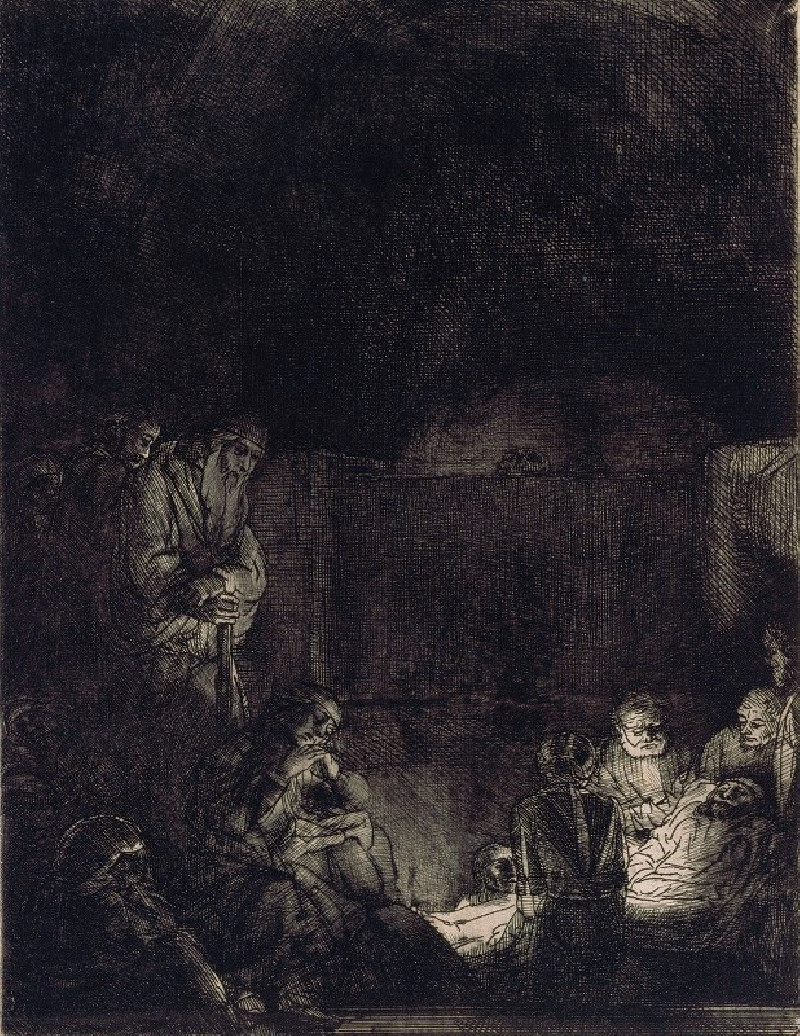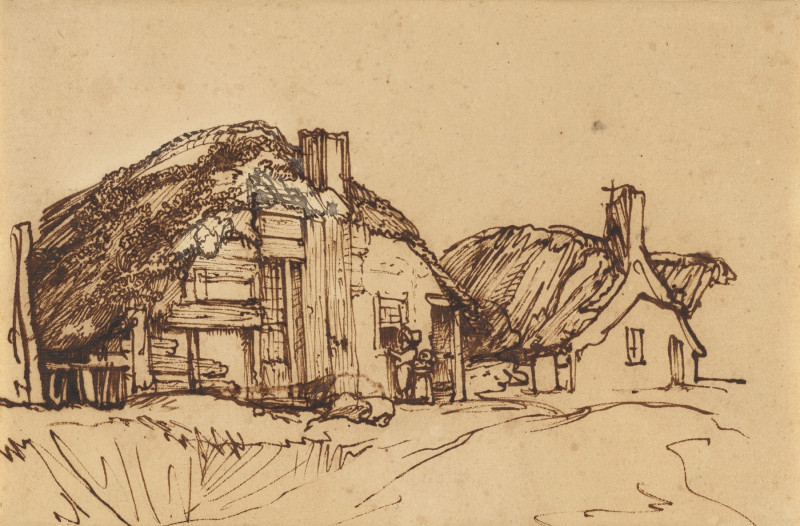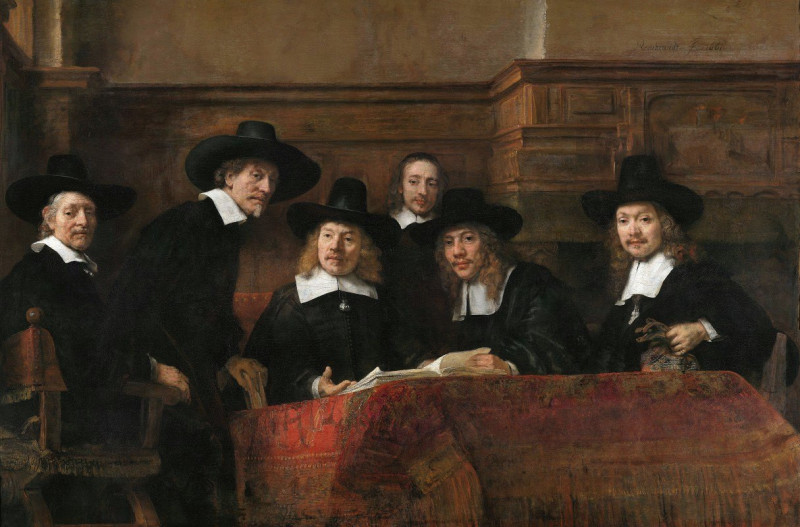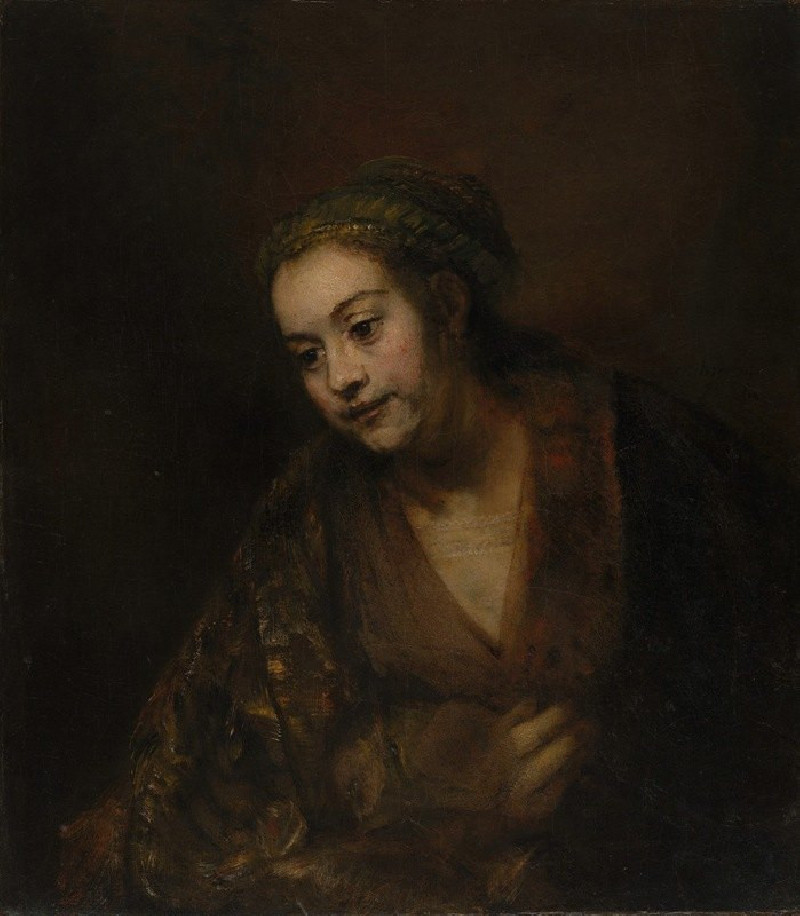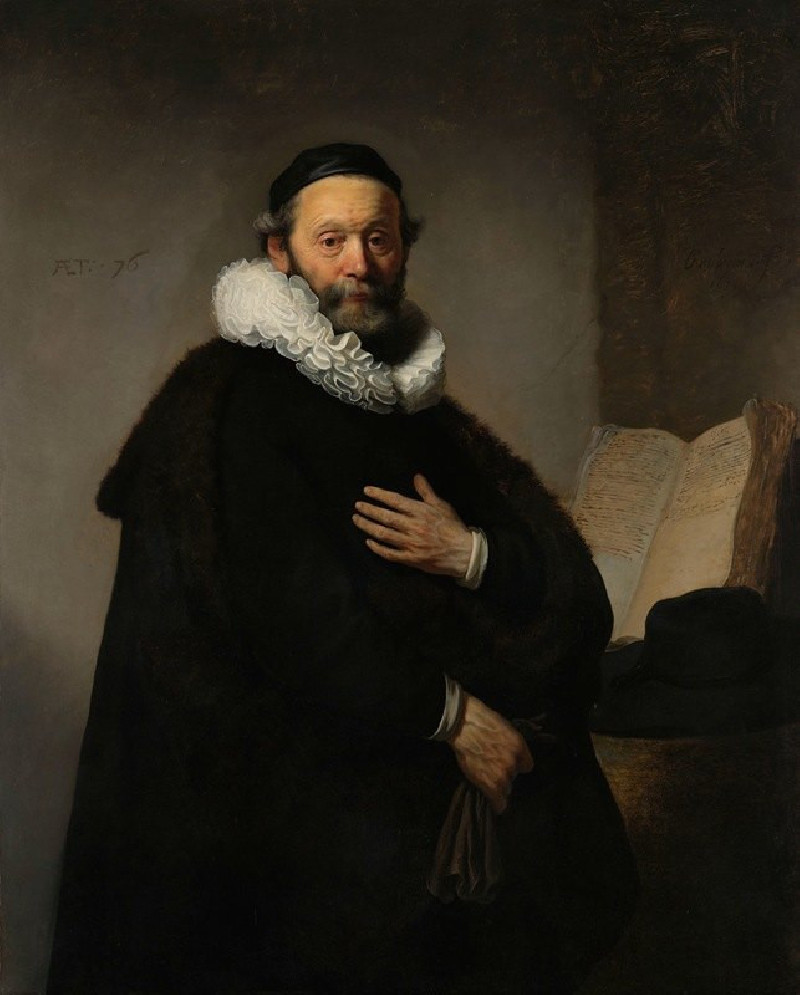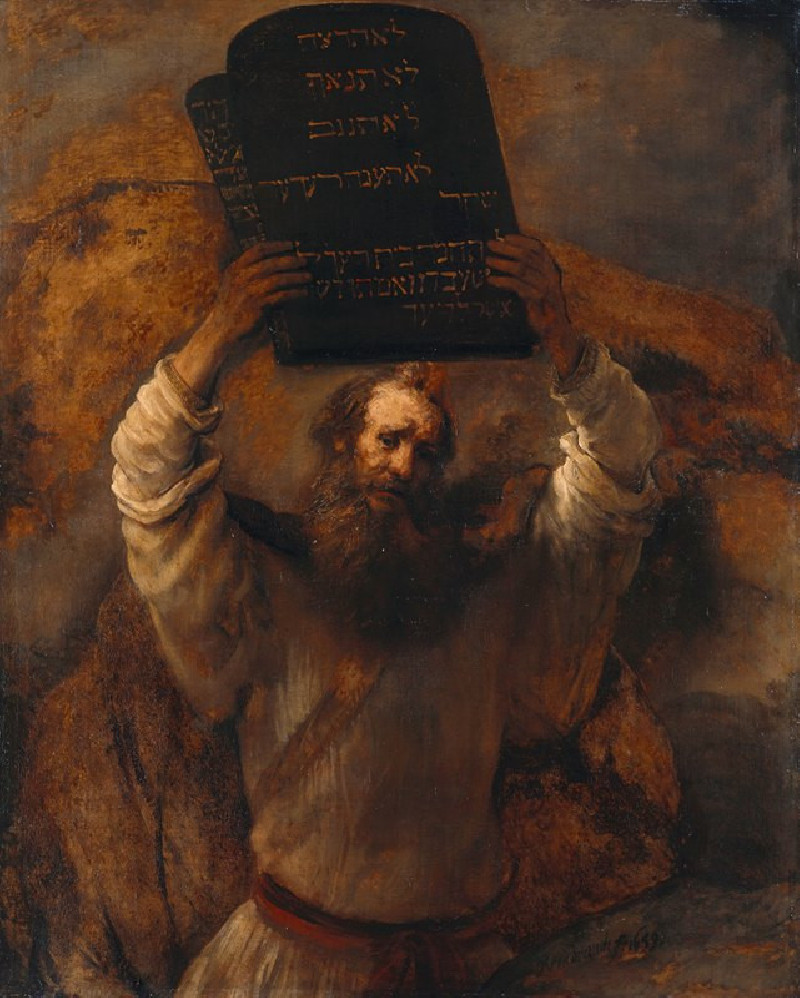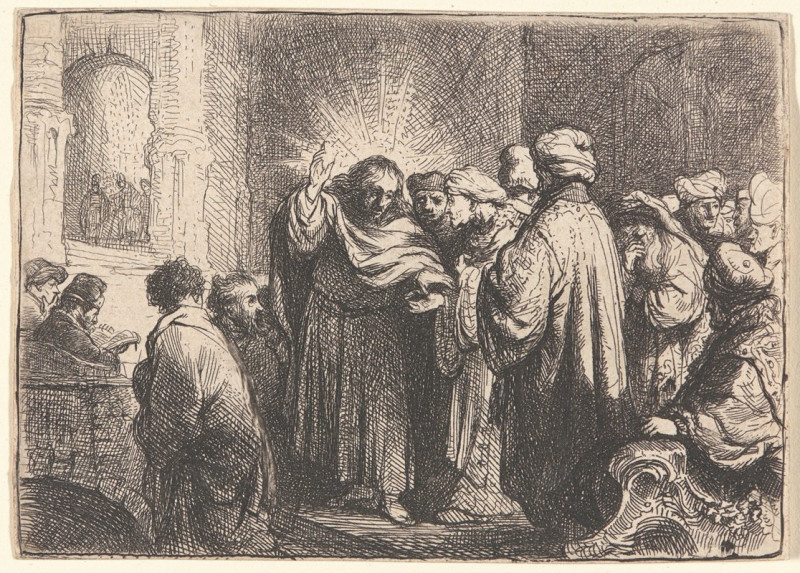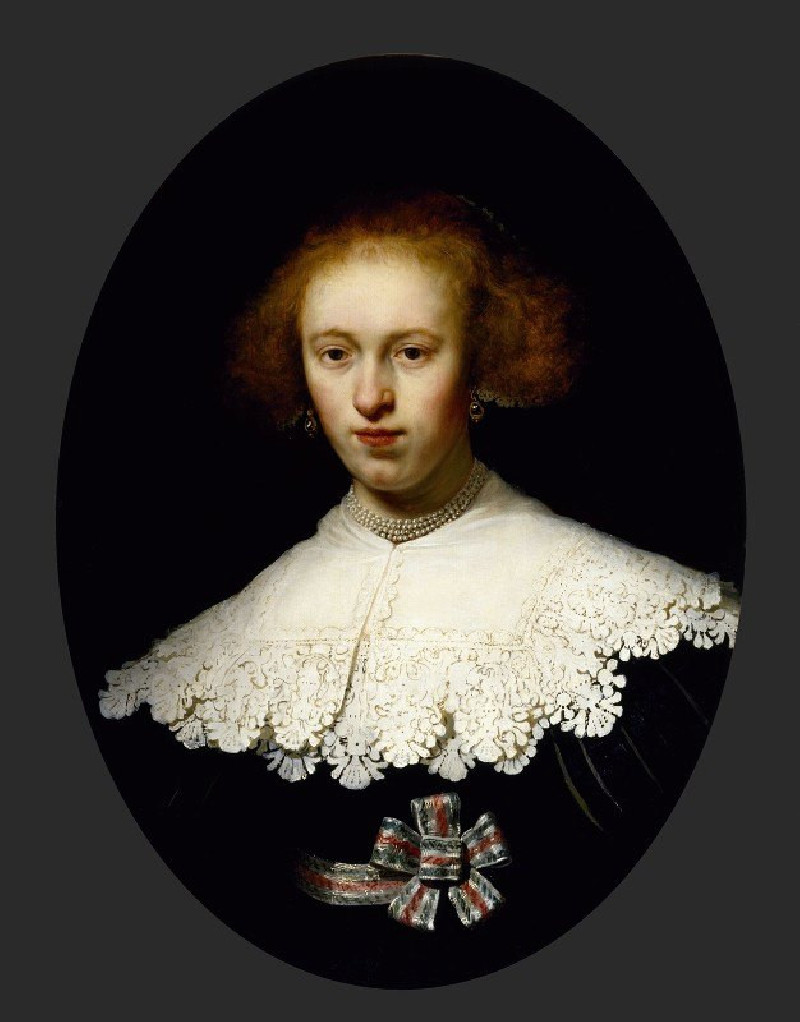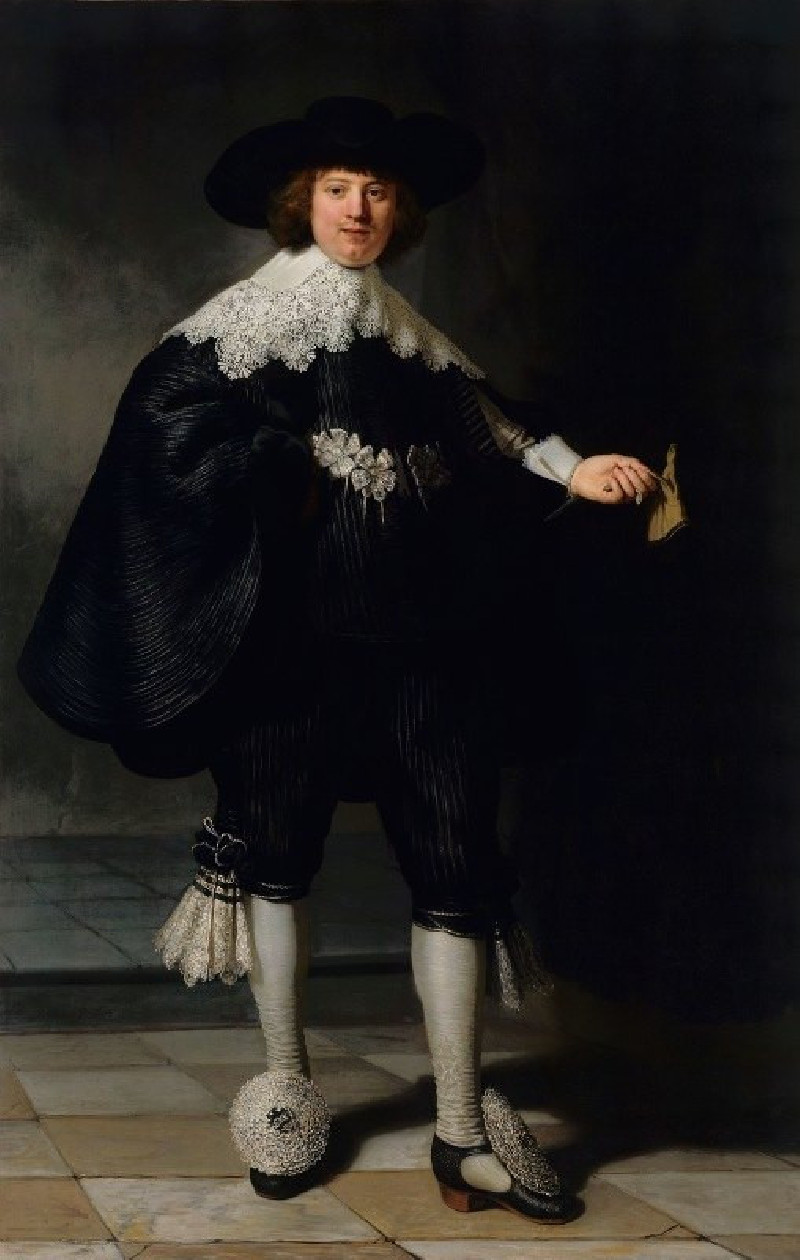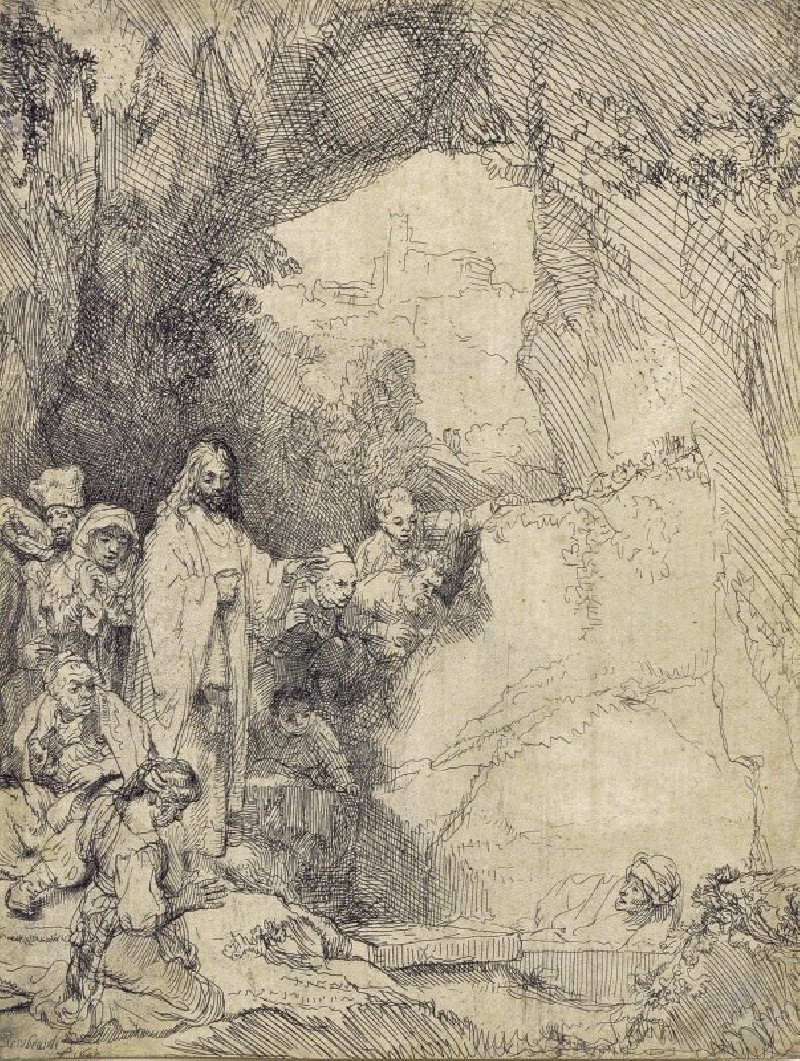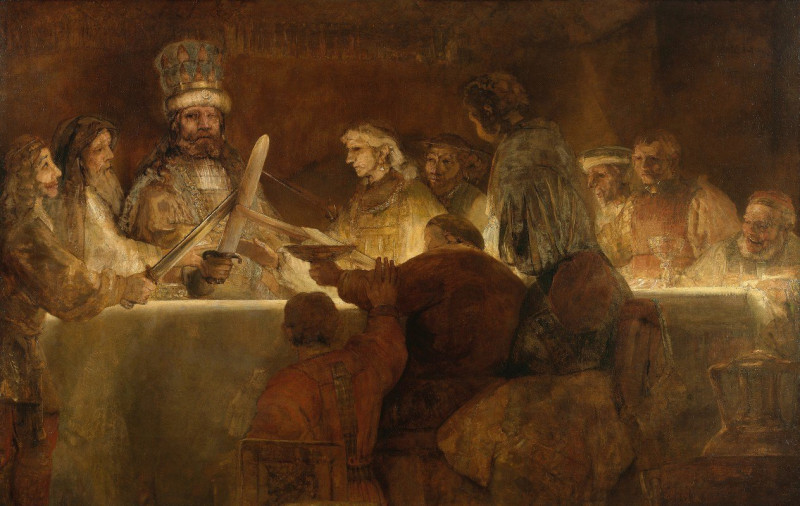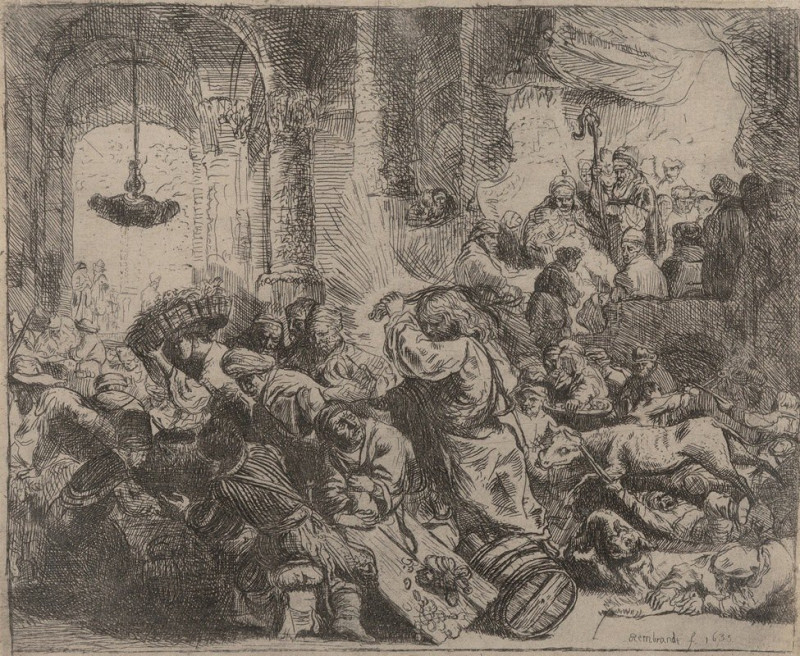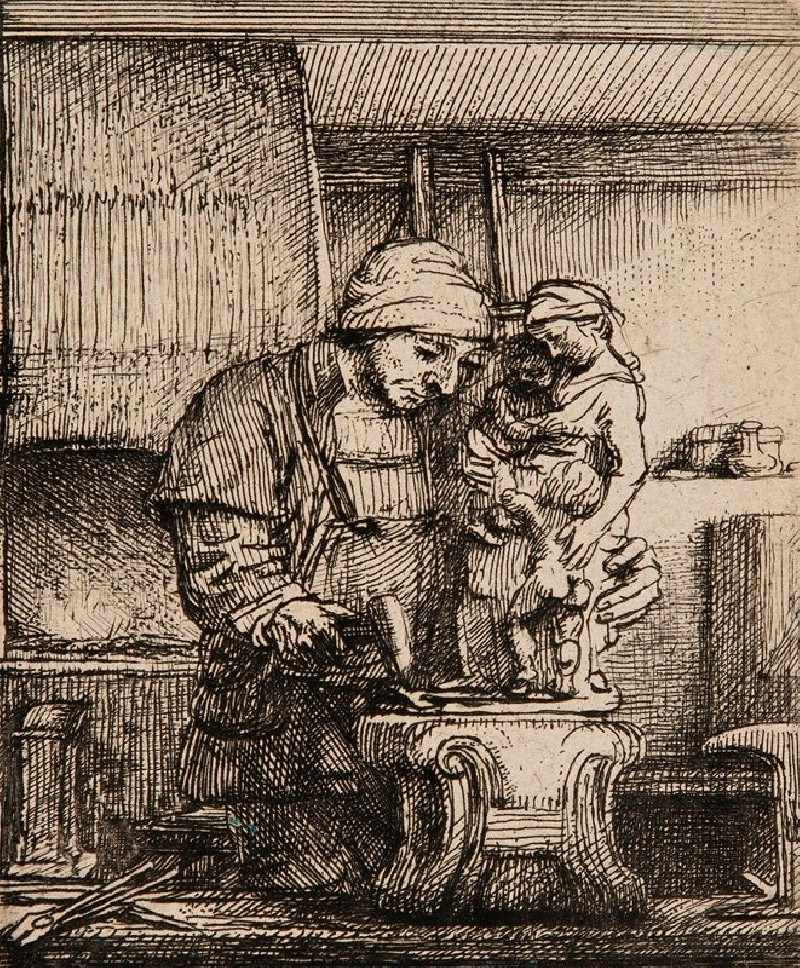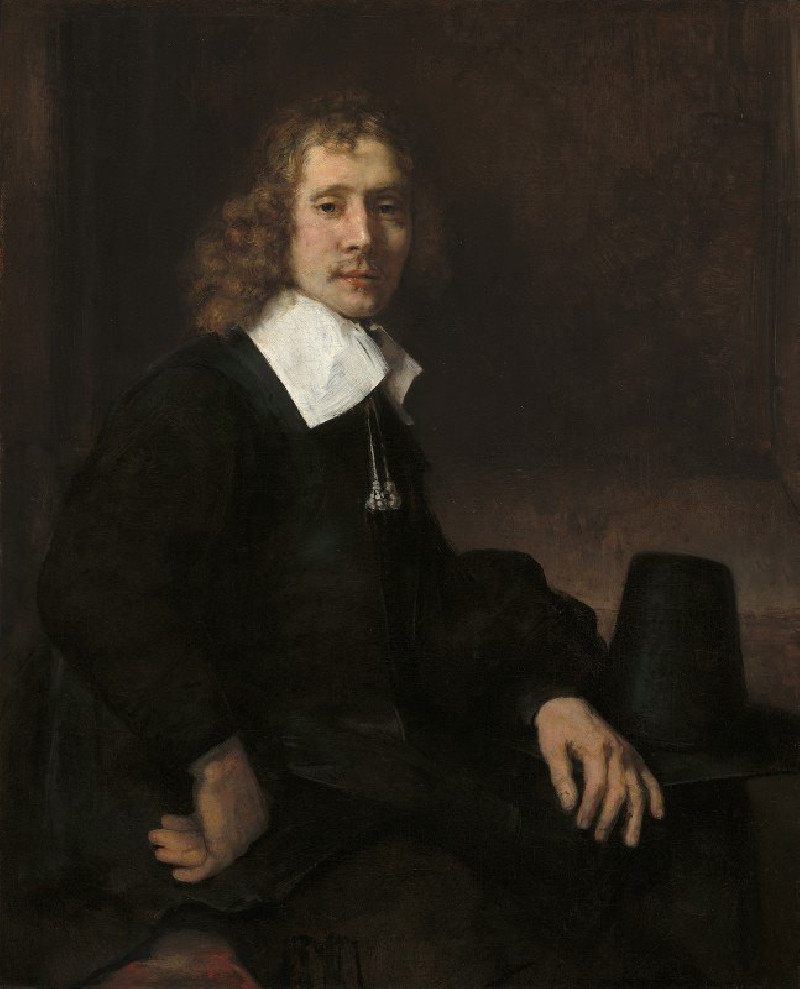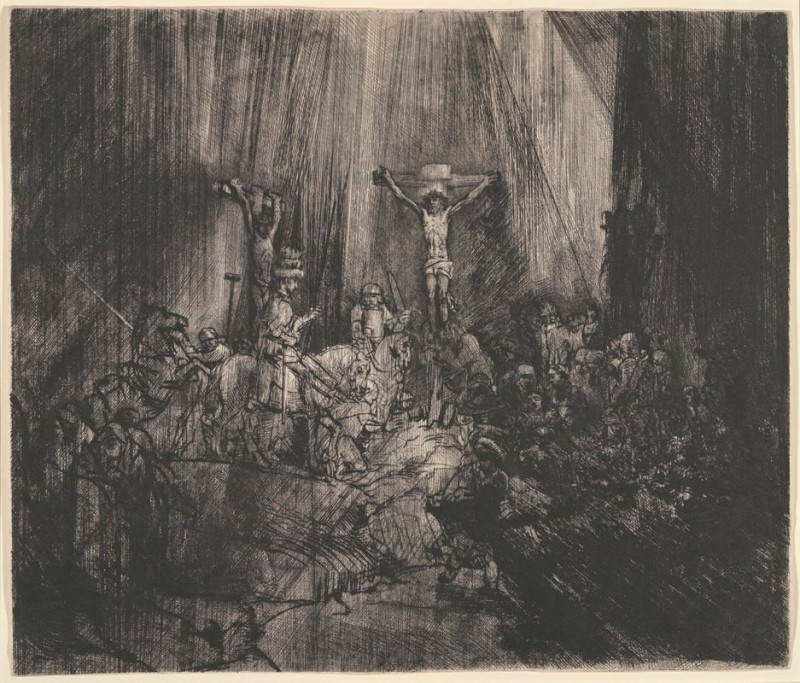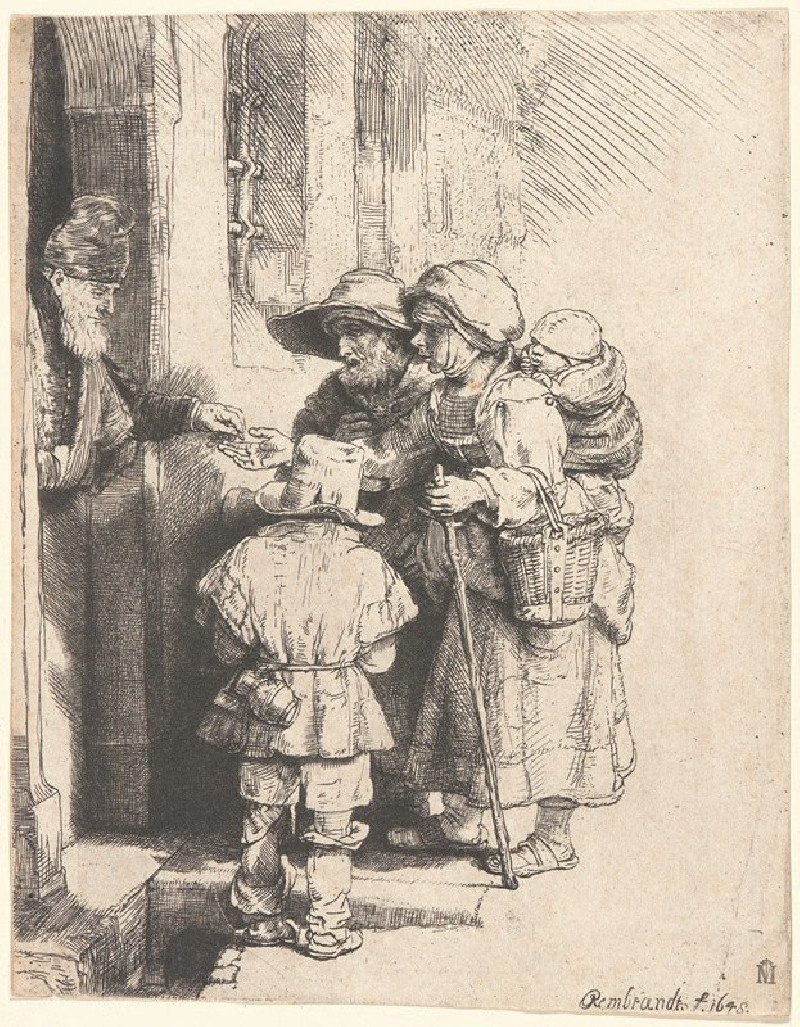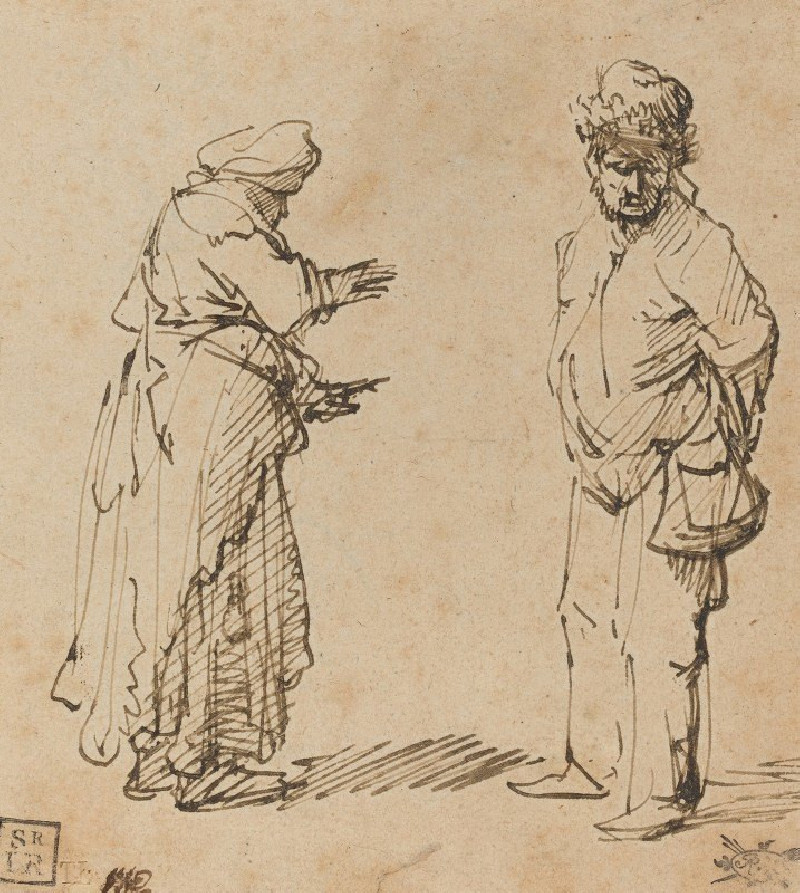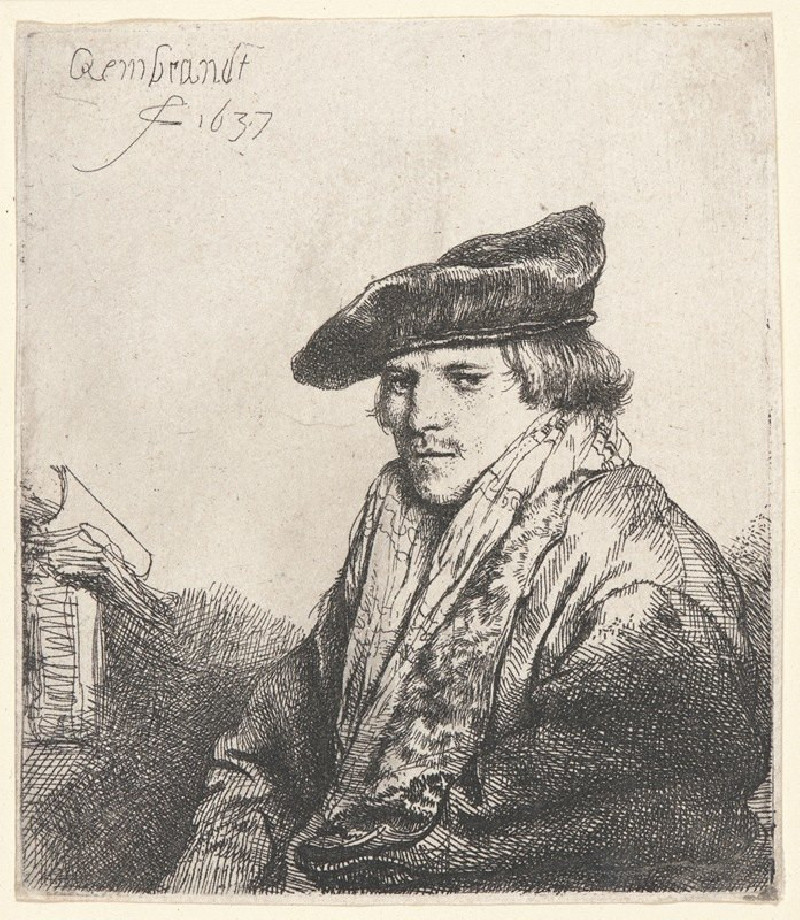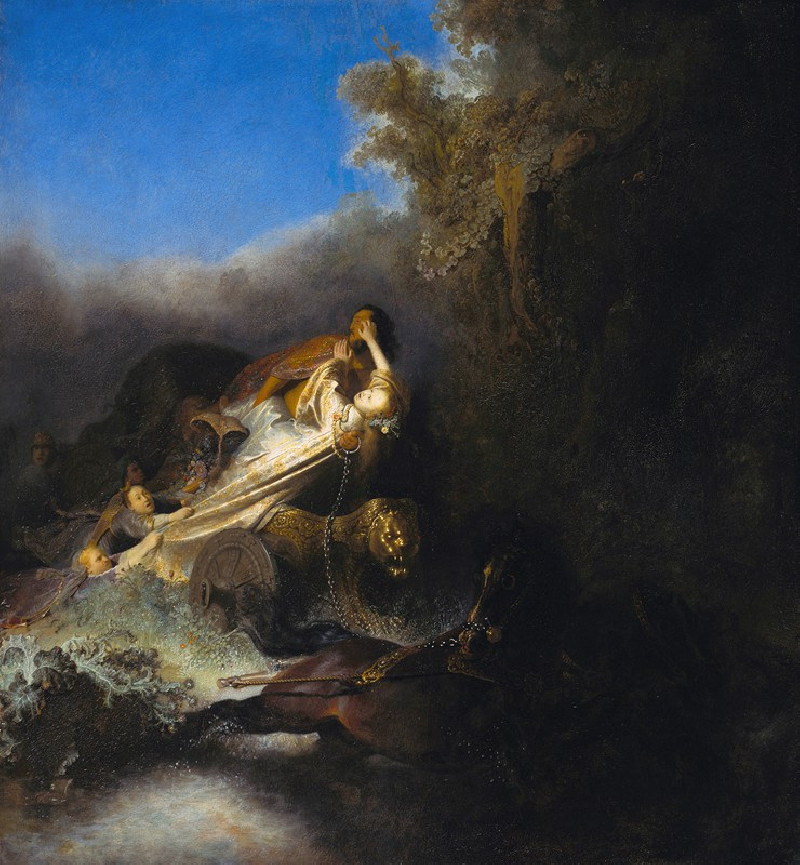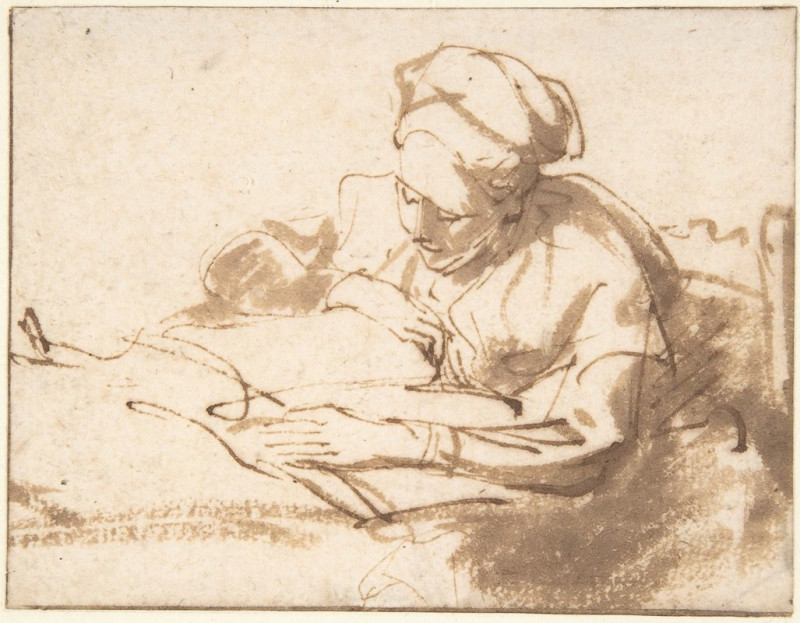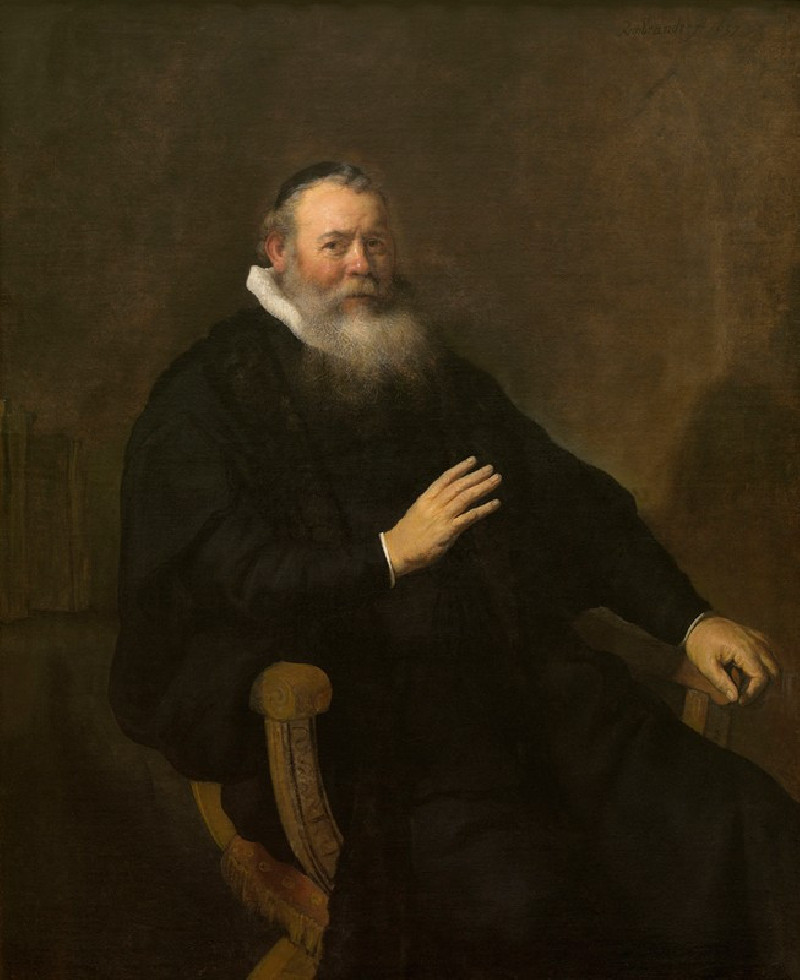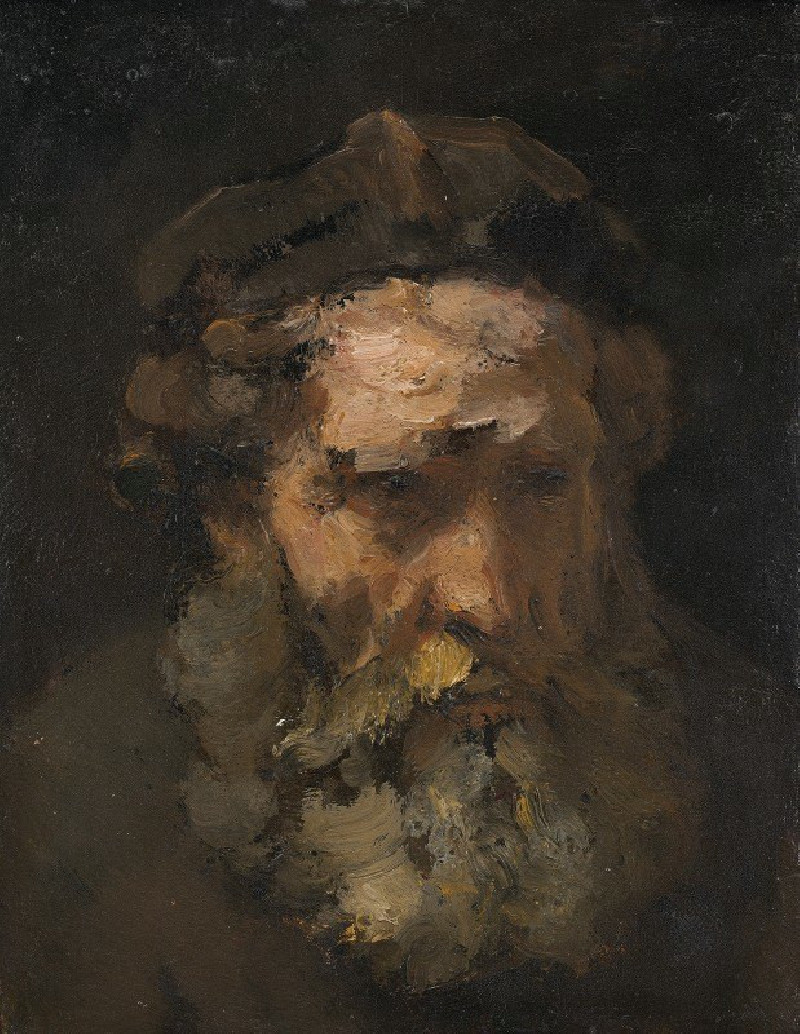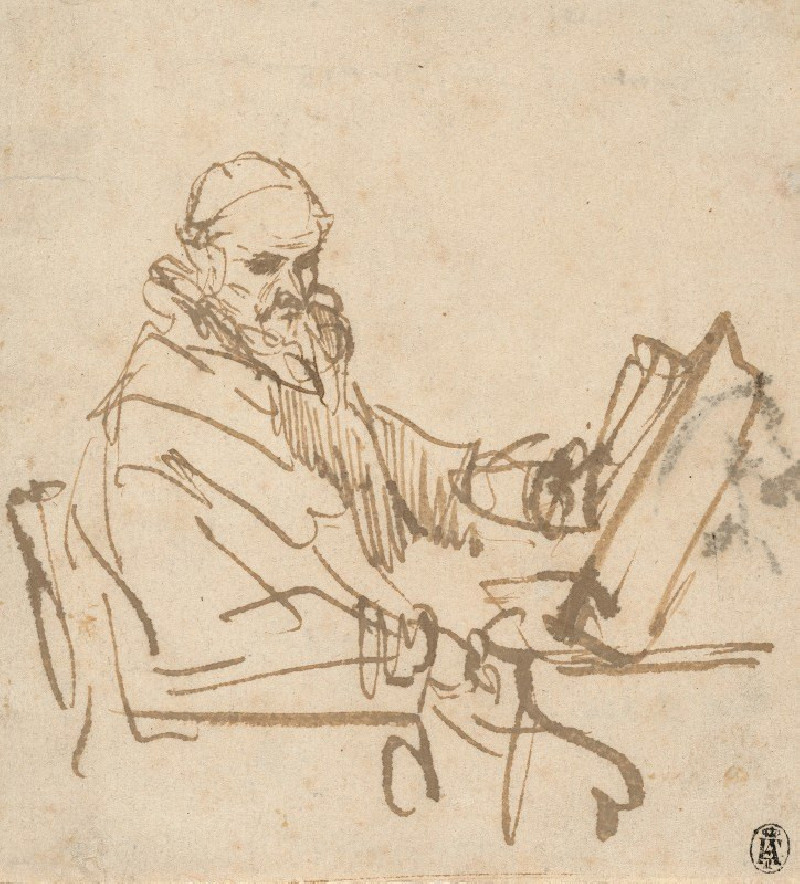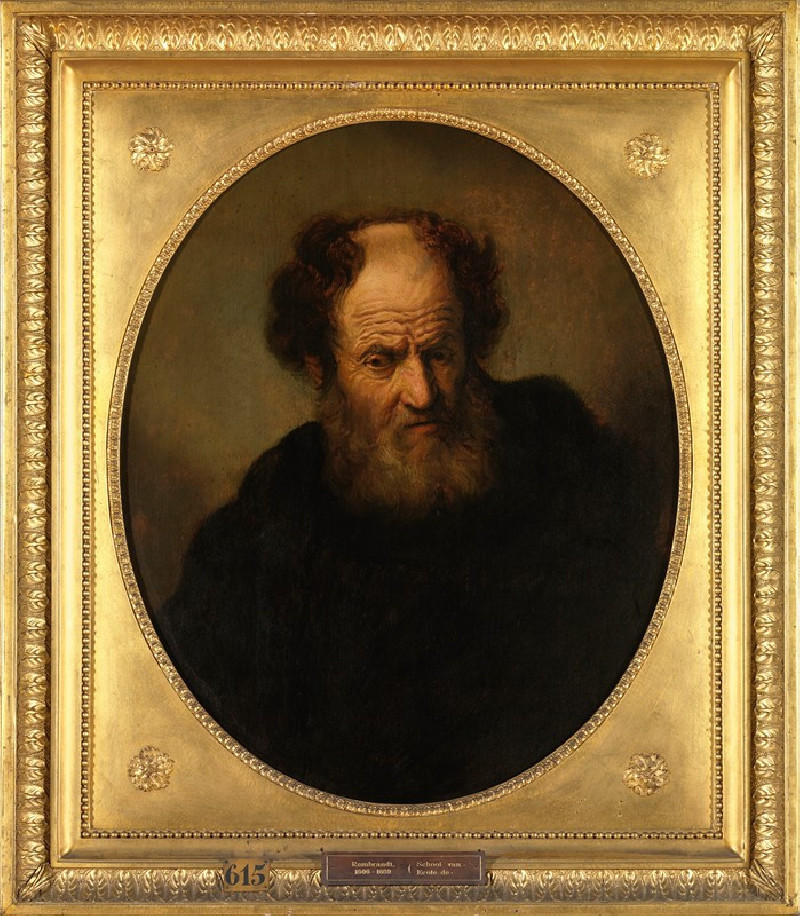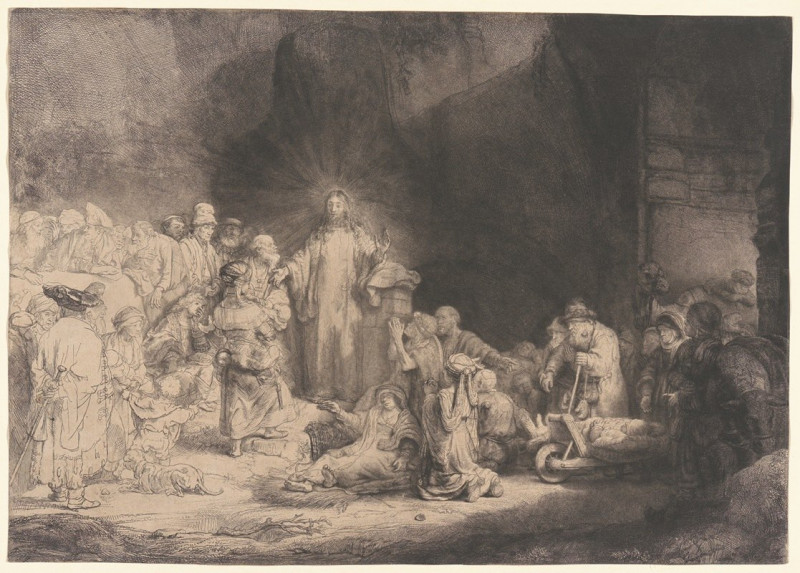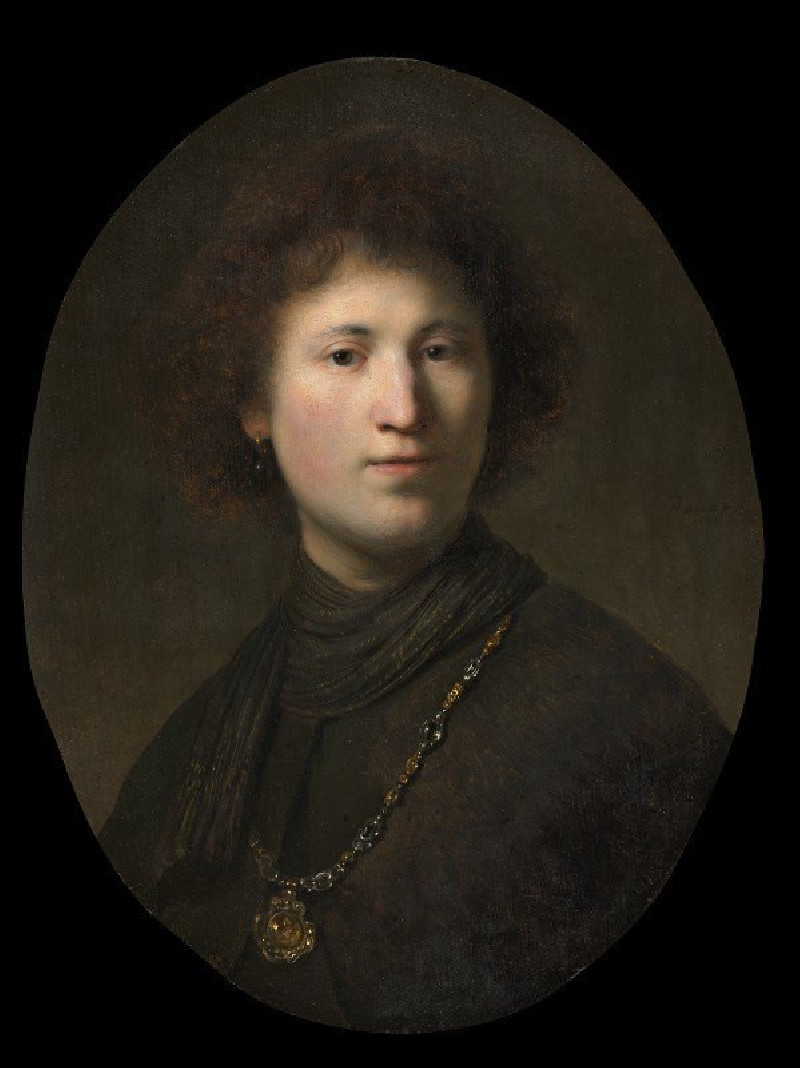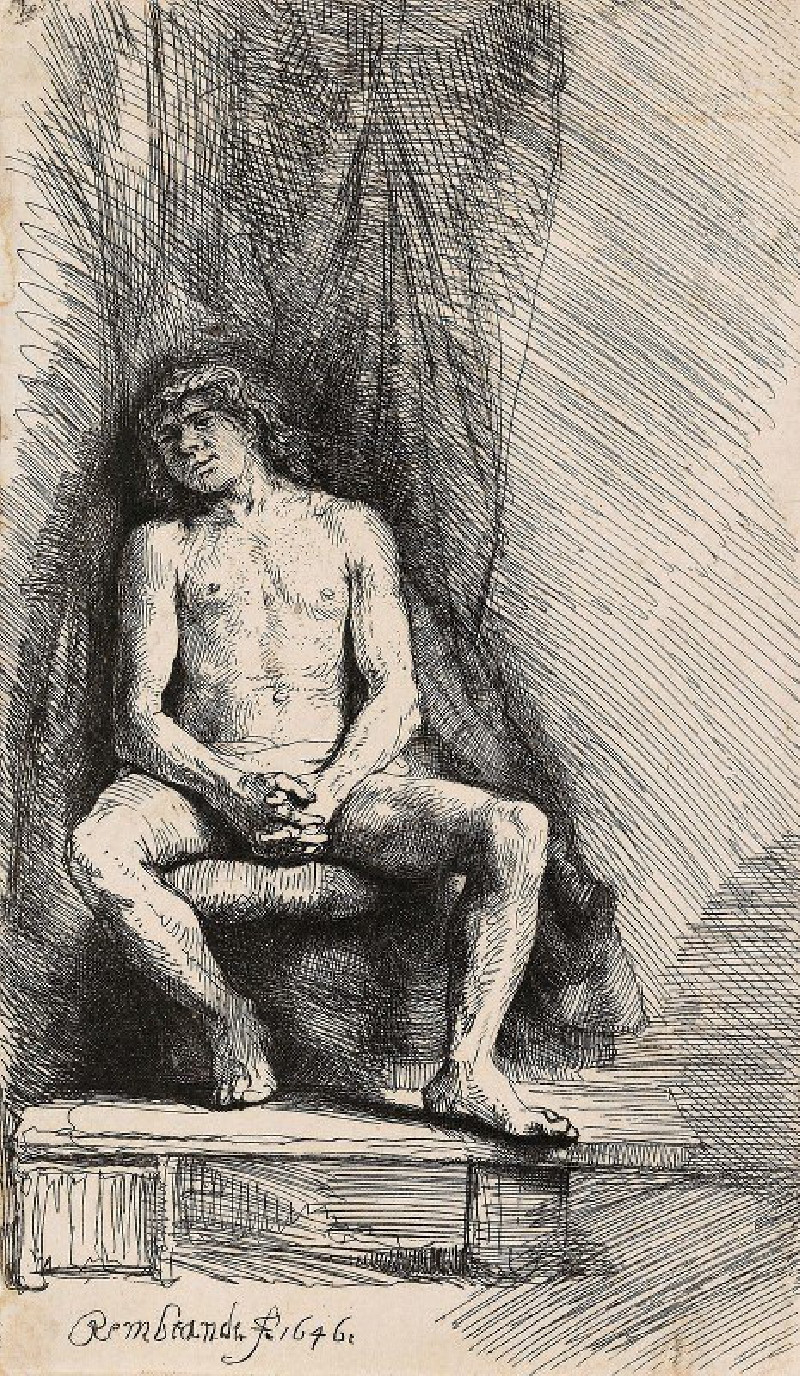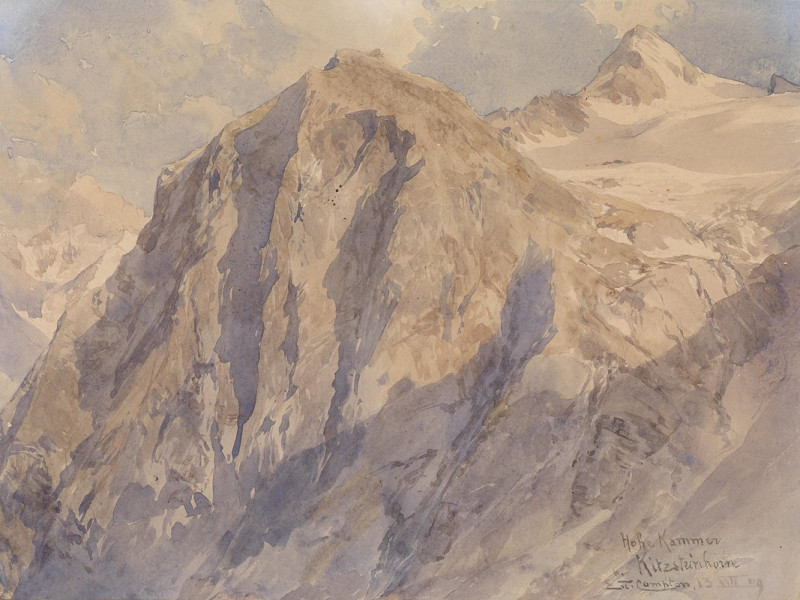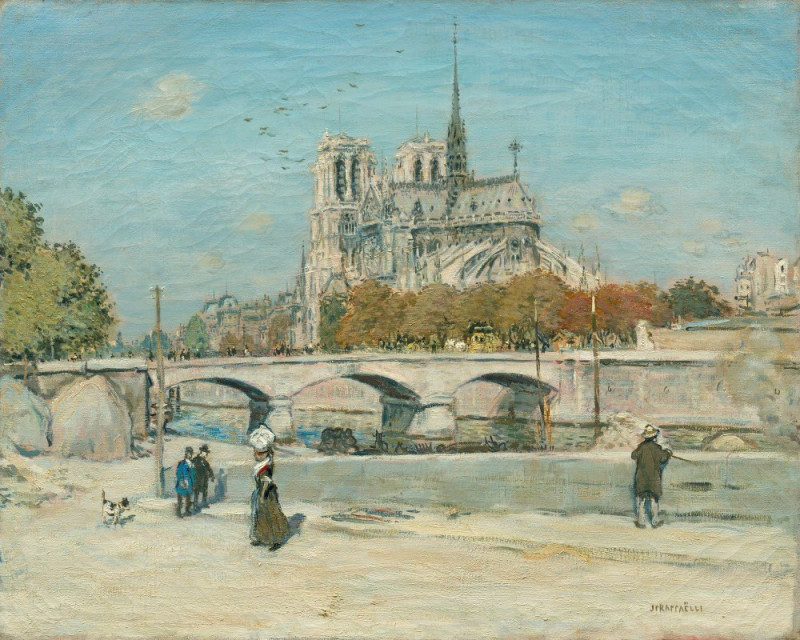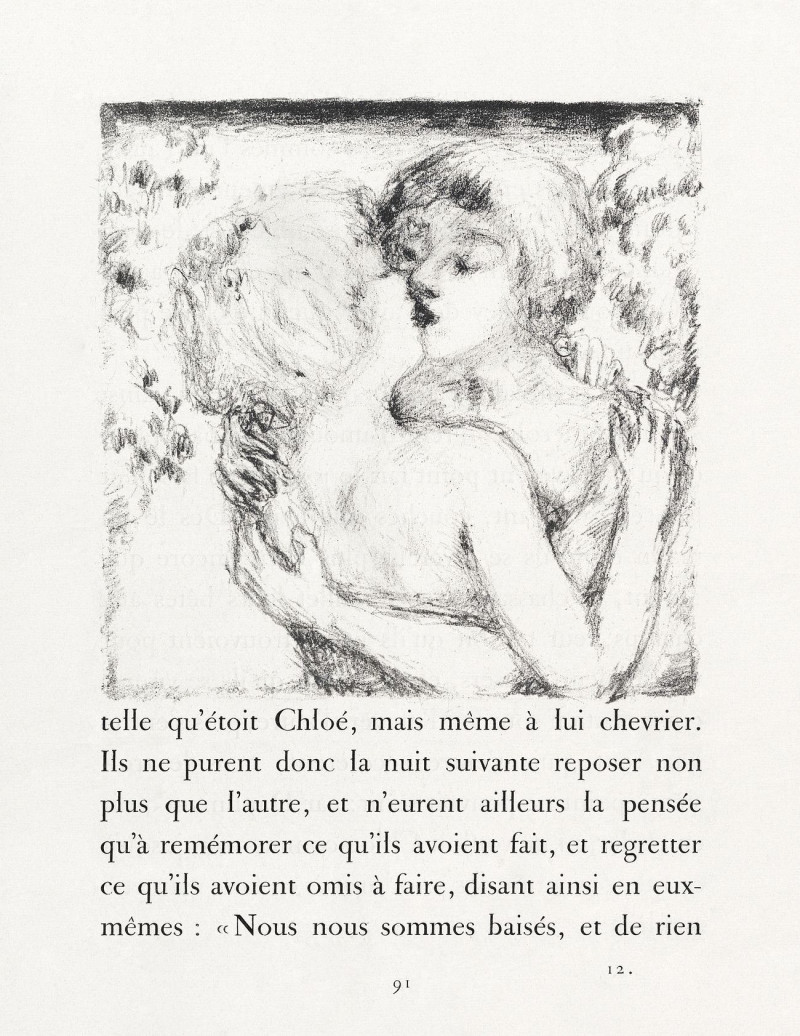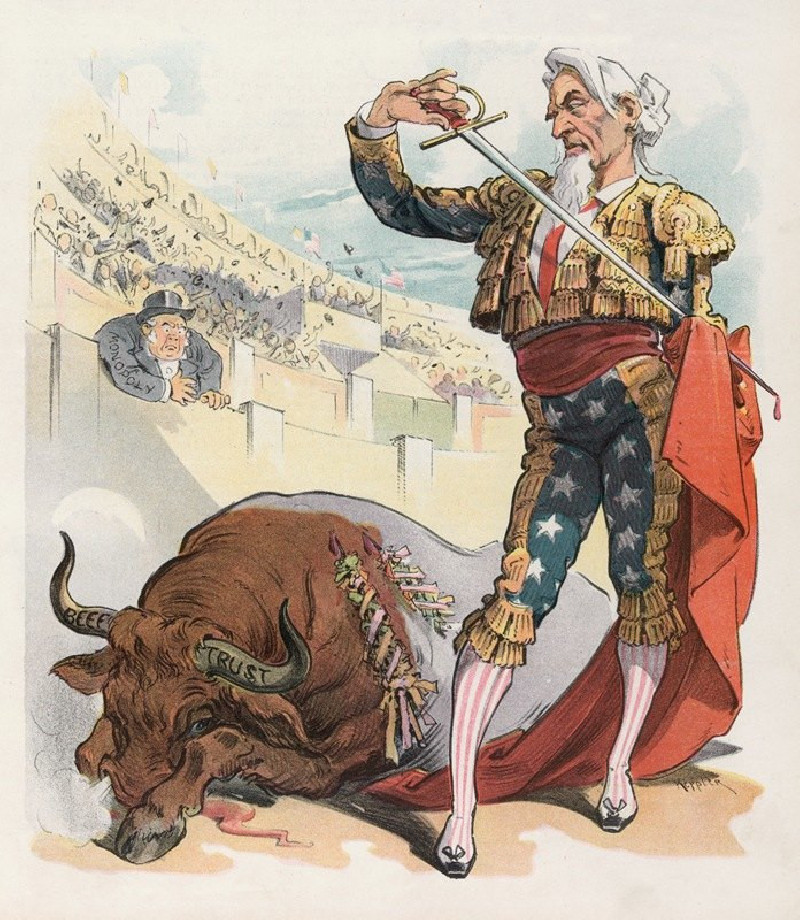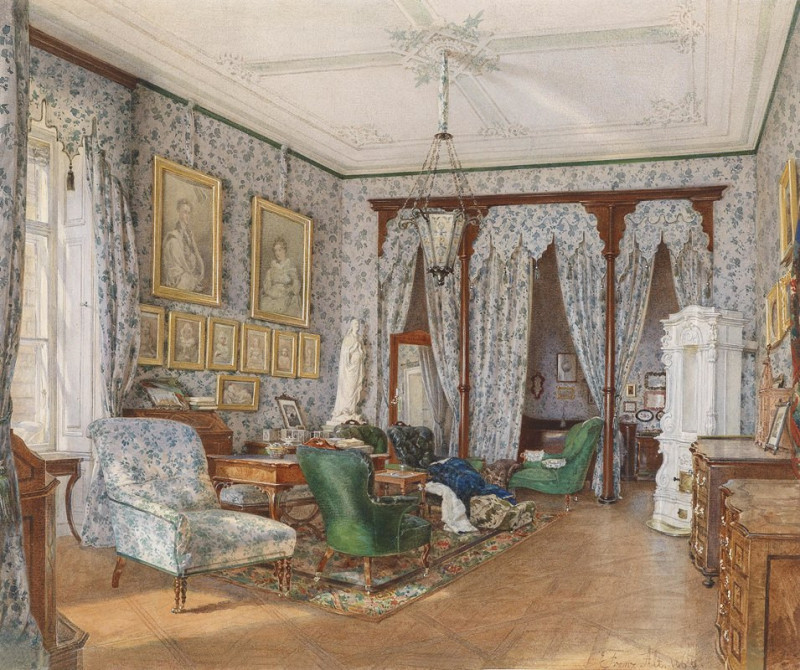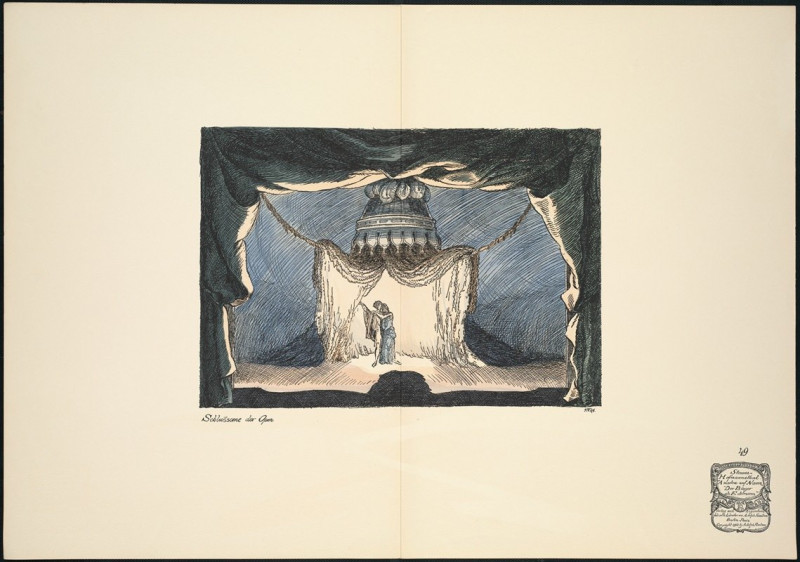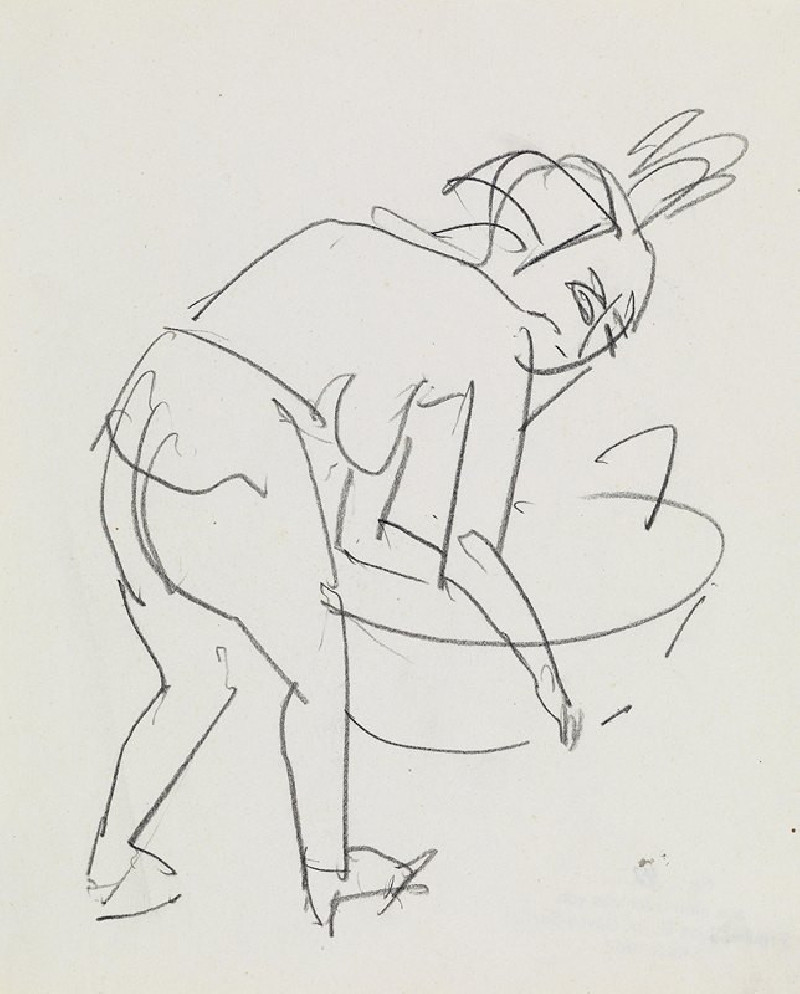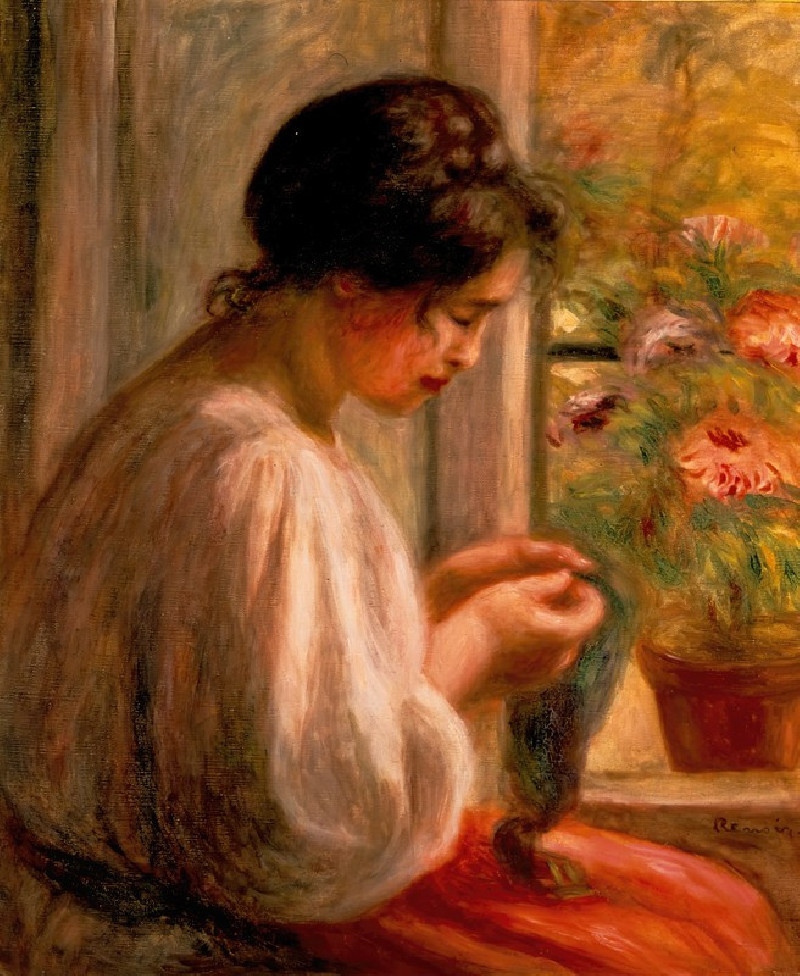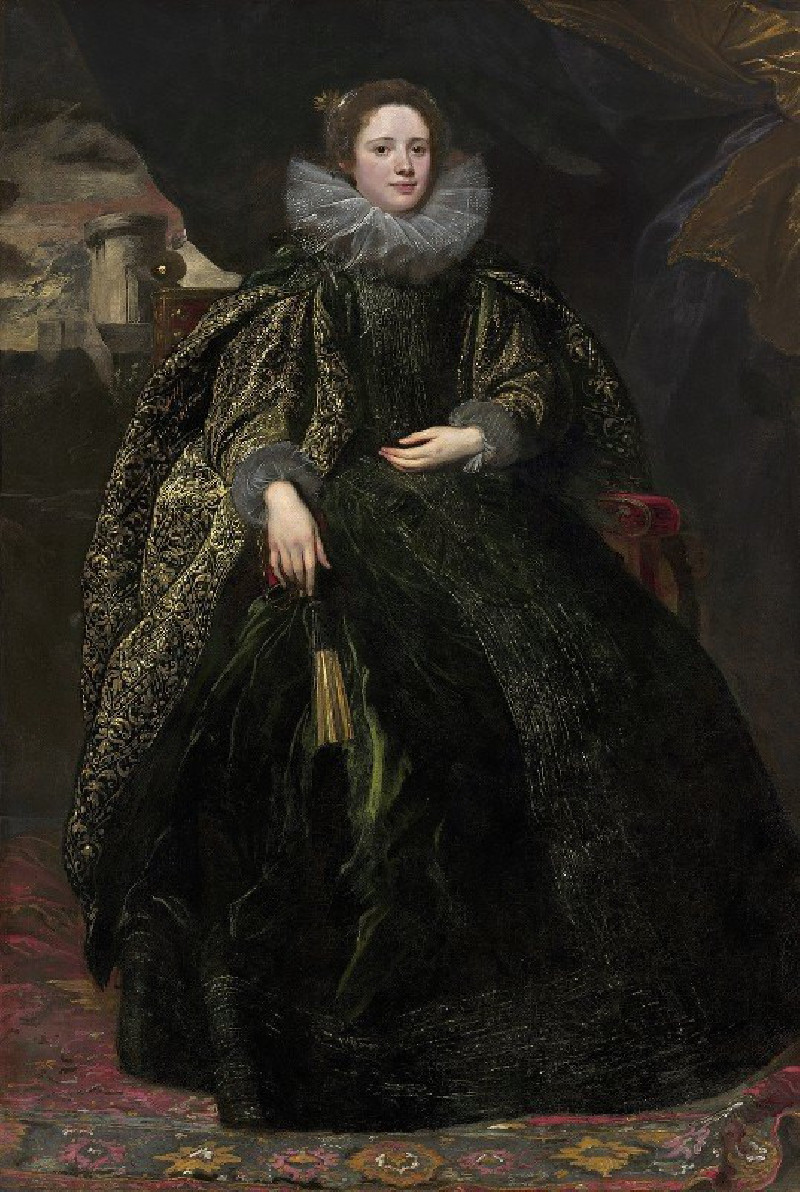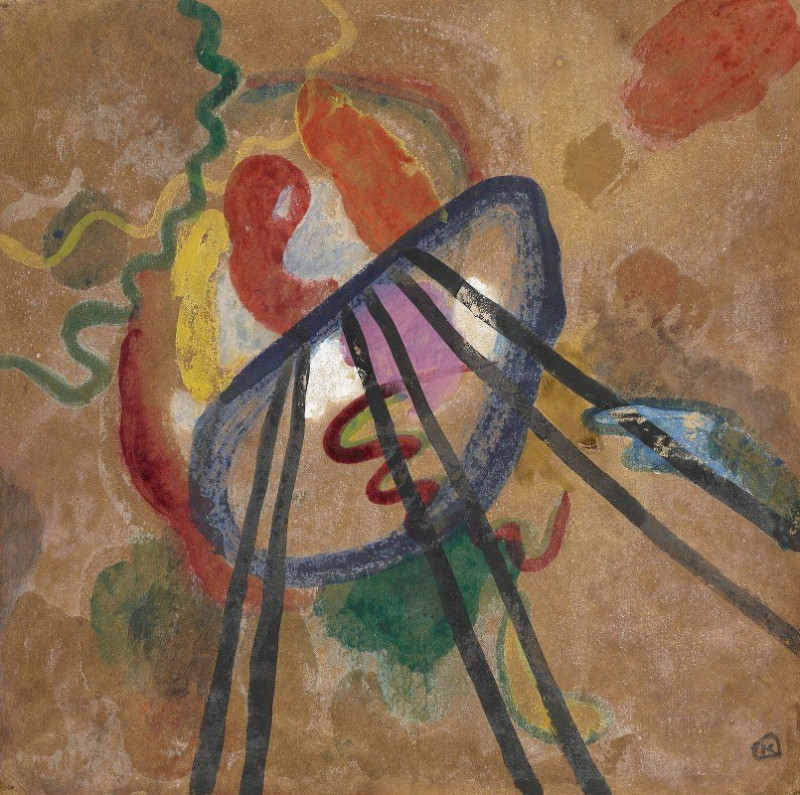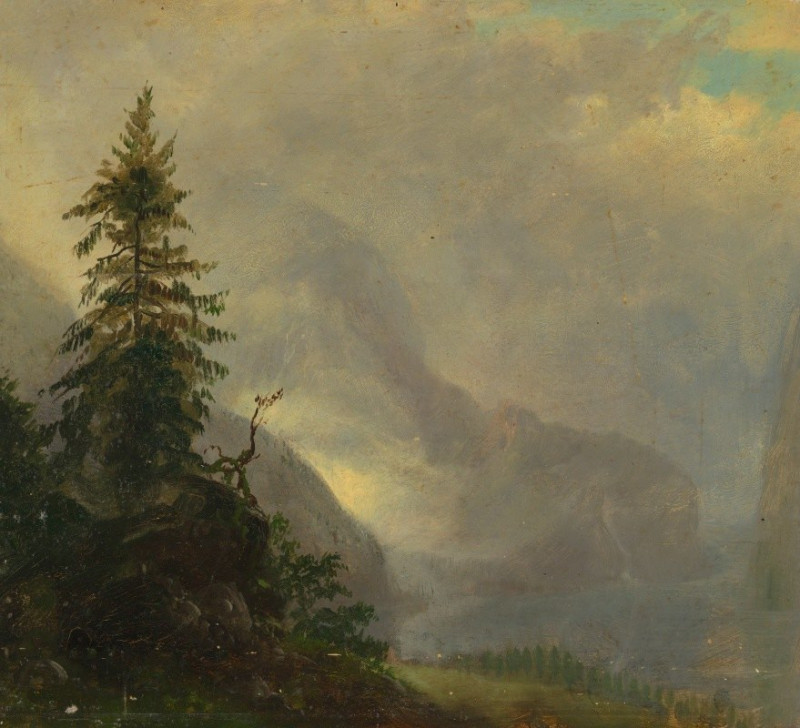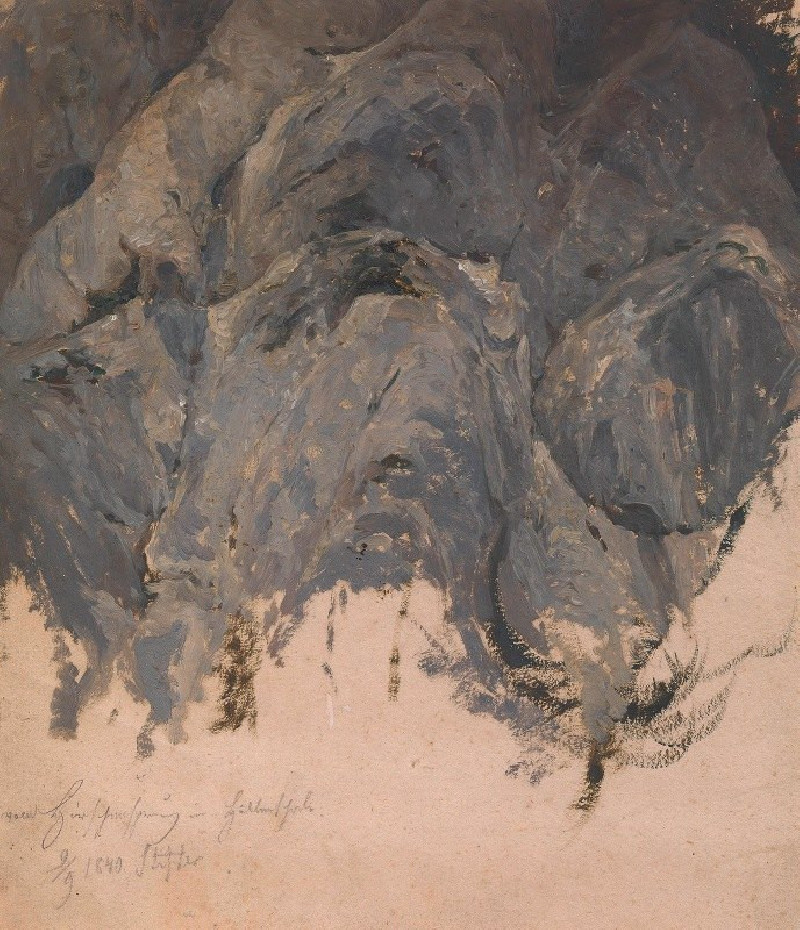The Entombment (1654)
Technique: Giclée quality print
Recommended by our customers
More about this artwork
Welcome to an intriguing journey into the depths of Rembrandt van Rijn’s artistic expression with his masterpiece titled "The Entombment" from 1654. This painting is a profound representation of the Biblical scene depicting the burial of Jesus Christ following his crucifixion, a theme popular in Christian art which Rembrandt has rendered with his characteristic mastery."The Entombment" is etched in a notably somber palette, using shadows and light to dramatize the poignant moment. The artwork is dominated by dimly illuminated figures gathered around the lifeless body of Christ. The composition draws the viewer’s eye to the central scene where Christ’s body is gently cradled by his followers, capturing a moment of communal grief and solemnity.Each figure in this etching is depicted with great emotional depth and individuality, manifesting Rembrandt’s skill in portraying human emotion and the dignity with which he imbues each character. The focused light subtly highlights the faces and hands of the figures, creating a focal point amidst the enveloping darkness, possibly symbolizing the spiritual light amidst a moment of profound despair.Rembrandt's use of chiaroscuro— the strong contrasts between light and dark— enhances the dramatic effect and gives the scene a three-dimensional feel that pulls the viewer into the very heart of this mournful gathering. The attention to texture and detail, while the faces and expressions are rendered with a soft, almost ethereal quality, suggests the transient and poignant nature of life and death.This etching is not just a visual representation but an invitation to contemplate themes of mortality, faith, and compassion.
Delivery
Returns
Rembrandt Harmenszoon van Rijn was a Dutch draughtsman, painter, and printmaker. An innovative and prolific master in three media, he is generally considered one of the greatest visual artists in the history of art and the most important in Dutch art history. Unlike most Dutch masters of the 17th century, Rembrandt's works depict a wide range of style and subject matter, from portraits and self-portraits to landscapes, genre scenes, allegorical and historical scenes, and biblical and mythological themes as well as animal studies.

